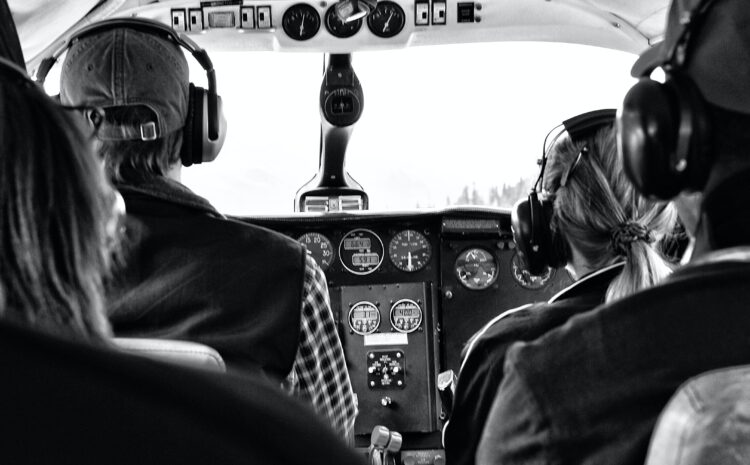
5 Tips to Mitigate Risk of Flying in Spring Weather
Aviation insurance can help cover you when incidents happen, but it’s up to pilots to help mitigate risk before a costly event occurs. One significant risk factor is weather. Flying in spring weather can be challenging for pilots, as the season often brings unpredictable weather patterns and rapidly changing conditions. To help pilots prepare for these challenges, we’ve compiled a list of five tips for flying in spring weather:
- Check the weather forecast frequently: Before taking off, pilots should check the weather forecast for their route and destination, as well as any alternate airports. Spring weather can be particularly volatile, so it’s important to stay up-to-date on the latest conditions. Remember, satellite feeds can be delayed. Weather depicted on electronic applications like ForeFlight or avionics with ADS-B in may not be real-time conditions.
- Be prepared for turbulence: Spring weather can bring gusty winds and turbulent conditions, so pilots should be prepared for turbulence throughout their flight. This means ensuring that all passengers and crew are securely fastened in their seats, and avoiding areas of known turbulence whenever possible. Reducing speed in turbulence can prevent over stressing your aircraft.
- Avoid thunderstorms: Thunderstorms are common in spring weather, and can pose a significant danger to aircraft. Pilots should avoid flying near or through thunderstorms, and should always have a plan for diverting to an alternate airport if necessary.
- Be aware of icing conditions: Spring weather can also bring freezing temperatures aloft and icing conditions, which can be particularly dangerous for aircraft. Pilots should be aware of the signs of icing, and should take steps to prevent ice from forming on their aircraft.
- Stay in communication with air controllers: Finally, pilots should stay in communication with air traffic control throughout their flight, and should be prepared to make adjustments to their flight plan as necessary. For pilots who are not instrument rated or on an IFR flight plan, VFR flight following can be beneficial on your cross-country flight. Pilots should be open to rerouting around weather patterns, and being prepared to divert to an alternate airport if needed.
By following these five tips, pilots can help mitigate weather related incidents in even the most challenging spring weather conditions. Remember to always prioritize safety and to never take unnecessary risks when flying in unpredictable weather.



